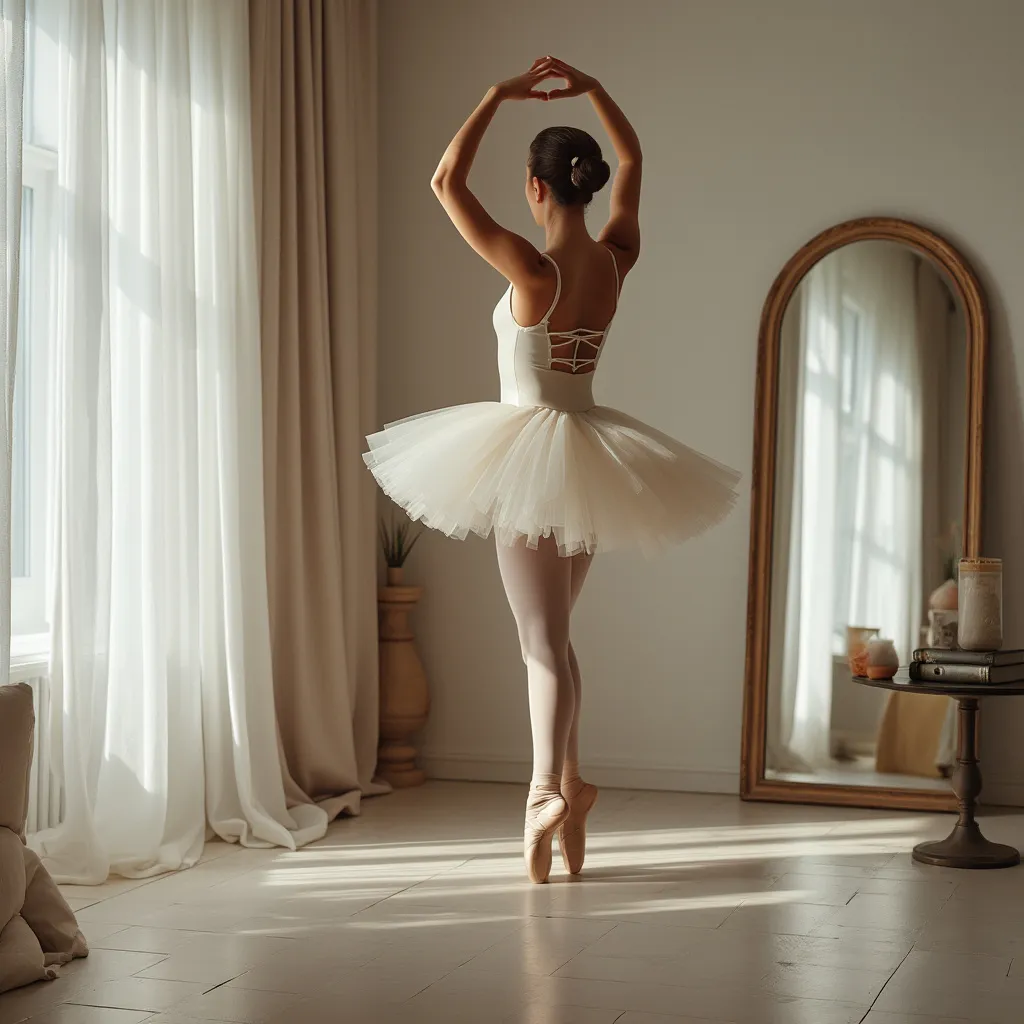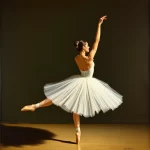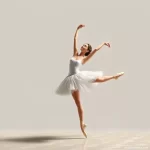Plié, Tendu, Relevé: The Language of Ballet Basics

Introduction
Ballet, a classical dance form that originated during the Italian Renaissance and later developed in France and Russia, is renowned for its grace, precision, and expressive movements. At the heart of ballet are its foundational techniques, which every dancer must master to progress in their training. Among these foundational techniques are the plié, tendu, and relevé. These movements form the bedrock of ballet and are essential for building strength, flexibility, and control. This article delves into the language of ballet basics, exploring the significance, execution, and benefits of plié, tendu, and relevé.
The Importance of Ballet Basics
Building a Strong Foundation
Just as a house requires a solid foundation to stand tall, a ballet dancer needs a strong grasp of basic techniques to excel. The plié, tendu, and relevé are not merely introductory steps; they are integral to more complex movements and choreography. Mastering these basics ensures that dancers develop the necessary strength, balance, and coordination to perform advanced techniques safely and effectively.
Enhancing Performance and Expression
Ballet is not just about physical prowess; it is also an art form that conveys emotion and tells stories through movement. The precision and control gained from practicing plié, tendu, and relevé allow dancers to perform with greater expressiveness and fluidity. These basic movements are the building blocks of ballet’s intricate language, enabling dancers to communicate nuanced emotions and narratives.
Plié: The Foundation of Ballet
What is a Plié?
The term plié comes from the French word for “bent” or “folded.” In ballet, a plié involves bending the knees while keeping the heels on the floor (in demi-plié) or lifting the heels off the floor (in grand plié). This movement is fundamental to ballet as it prepares the body for jumps, turns, and other dynamic movements.
How to Perform a Plié
- First Position: Stand with your heels together and toes turned out, forming a V shape. Your arms should be in a rounded position in front of you, known as the preparatory position.
- Demi-Plié: Slowly bend your knees, keeping your heels on the floor and your back straight. Your knees should align with your toes, and your thighs should form a diamond shape.
- Grand Plié: Continue bending your knees until your thighs are parallel to the floor, and your heels lift off the ground. Ensure your back remains straight and your core engaged.
- Return: Straighten your knees to return to the starting position, lowering your heels back to the floor if performing a grand plié.
Benefits of Plié
- Strengthens Leg Muscles: Pliés engage the quadriceps, hamstrings, calves, and glutes, building strength and endurance in the lower body.
- Improves Flexibility: Regular practice of pliés enhances the flexibility of the hip joints and muscles, allowing for greater range of motion.
- Enhances Balance and Stability: Pliés develop core strength and stability, which are crucial for maintaining balance during complex movements.
- Prepares for Jumps and Turns: The plié is a preparatory movement for jumps and turns, providing the necessary power and control for these dynamic actions.
Tendu: The Art of Stretching
What is a Tendu?
The term tendu means “stretched” in French. In ballet, a tendu involves extending the leg and foot from one position to another while keeping the toes in contact with the floor. This movement is essential for developing the strength and articulation of the feet and legs.
How to Perform a Tendu
- First Position: Stand with your heels together and toes turned out, forming a V shape. Your arms should be in the preparatory position.
- Extend: Slide one foot along the floor, extending your leg to the front, side, or back. Keep your toes pointed and your leg straight.
- Return: Slide your foot back to the starting position, maintaining control and alignment throughout the movement.
Benefits of Tendu
- Strengthens Feet and Ankles: Tendus engage the muscles of the feet and ankles, building strength and stability in these areas.
- Improves Leg Articulation: The controlled movement of tendus enhances the articulation and precision of the legs and feet.
- Enhances Coordination: Tendus require coordination between the legs, feet, and core, improving overall body awareness and control.
- Prepares for Complex Movements: Tendus are foundational for more advanced movements such as dégagés, jetés, and grand battements.
Relevé: Rising to the Occasion
What is a Relevé?
The term relevé means “raised” in French. In ballet, a relevé involves rising onto the balls of the feet or the tips of the toes (en pointe) from a flat-footed position. This movement is crucial for developing balance, strength, and poise.
How to Perform a Relevé
- First Position: Stand with your heels together and toes turned out, forming a V shape. Your arms should be in the preparatory position.
- Rise: Lift your heels off the floor, rising onto the balls of your feet. Keep your legs straight and your core engaged.
- Balance: Hold the position for a moment, maintaining balance and alignment.
- Lower: Slowly lower your heels back to the floor, returning to the starting position with control.
Benefits of Relevé
- Strengthens Calves and Ankles: Relevés engage the calf muscles and ankles, building strength and endurance in these areas.
- Improves Balance and Stability: The act of rising onto the balls of the feet enhances balance and stability, crucial for performing complex movements.
- Develops Core Strength: Relevés require engagement of the core muscles, promoting overall body strength and control.
- Enhances Poise and Elegance: The elevated position of relevés contributes to the graceful and elegant appearance of ballet movements.
FAQ
Why are plié, tendu, and relevé considered fundamental in ballet?
Plié, tendu, and relevé are considered fundamental because they form the basis for more complex movements and choreography in ballet. These techniques help dancers develop strength, flexibility, balance, and control, which are essential for performing advanced steps safely and effectively.
How often should I practice these basic ballet movements?
Consistency is key in ballet training. It is recommended to practice plié, tendu, and relevé daily or at least several times a week. Regular practice helps reinforce muscle memory, improve technique, and build the necessary strength and flexibility.
Can beginners practice plié, tendu, and relevé at home?
Yes, beginners can practice these basic movements at home. However, it is important to ensure proper form and alignment to avoid injury. Beginners may benefit from taking a few classes with a qualified instructor to learn the correct technique before practicing on their own.
What should I focus on when performing a plié?
When performing a plié, focus on maintaining proper alignment, keeping your back straight, and engaging your core. Ensure that your knees align with your toes and that your movements are controlled and smooth. Avoid letting your knees collapse inward or outward.
How can I improve my balance in relevé?
Improving balance in relevé requires practice and strengthening of the core and ankle muscles. Focus on engaging your core, keeping your weight centered over the balls of your feet, and maintaining proper alignment. Practicing balance exercises and incorporating relevés into your daily routine can also help.
Conclusion
The language of ballet basics—plié, tendu, and relevé—forms the foundation upon which all other ballet movements are built. These fundamental techniques are essential for developing the strength, flexibility, balance, and control needed to excel in ballet. By mastering plié, tendu, and relevé, dancers can enhance their performance, expressiveness, and overall artistry. Whether you are a beginner or an experienced dancer, dedicating time to practice these basics will undoubtedly contribute to your growth and success in the beautiful art of ballet.




